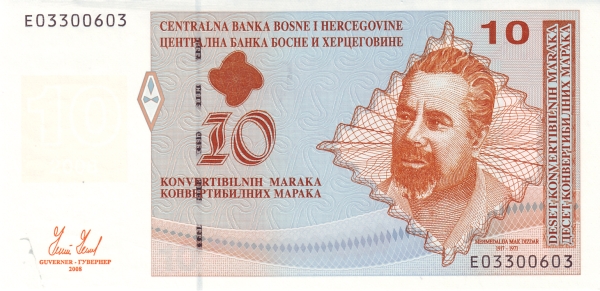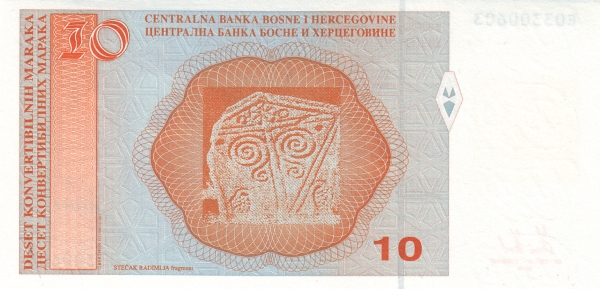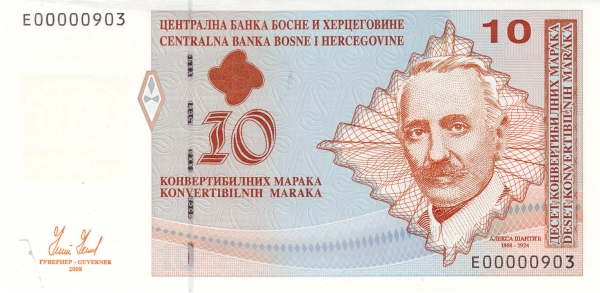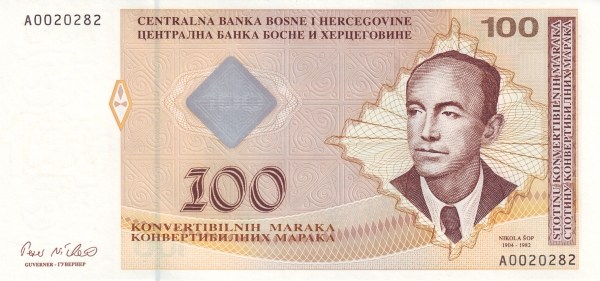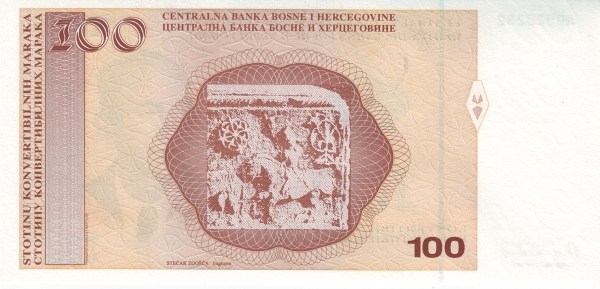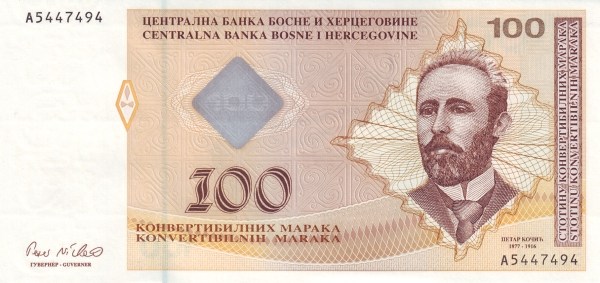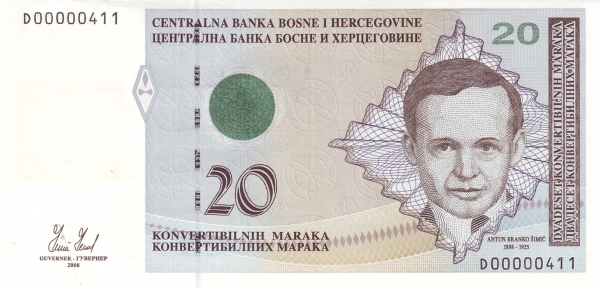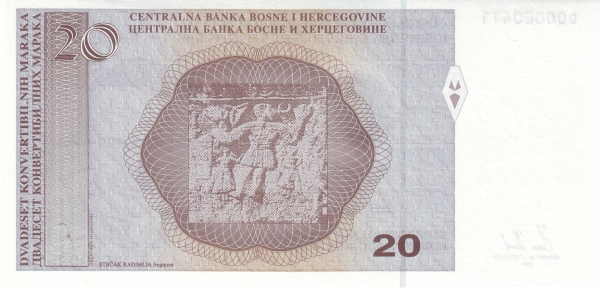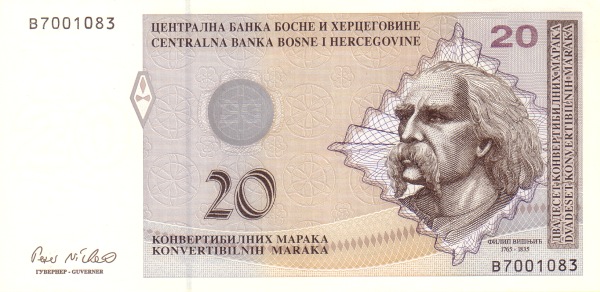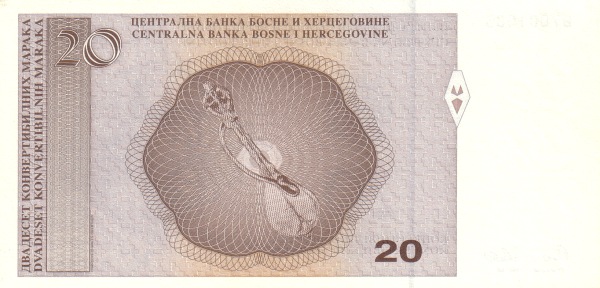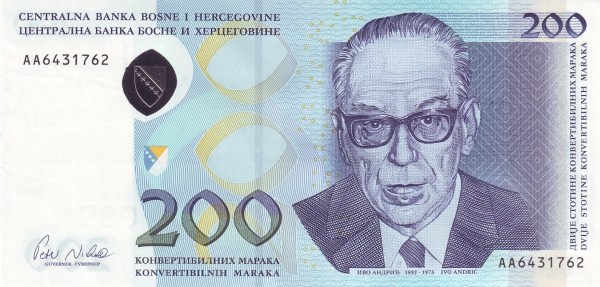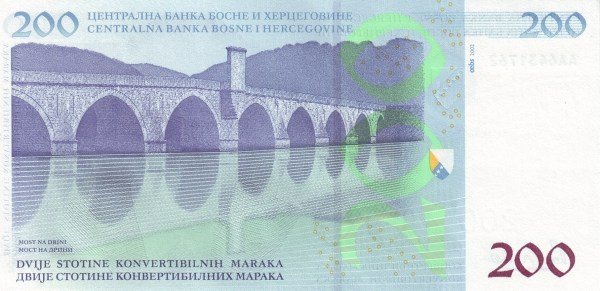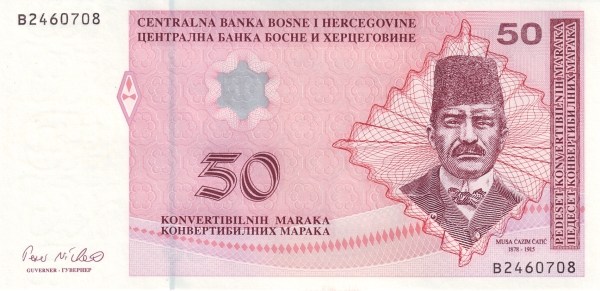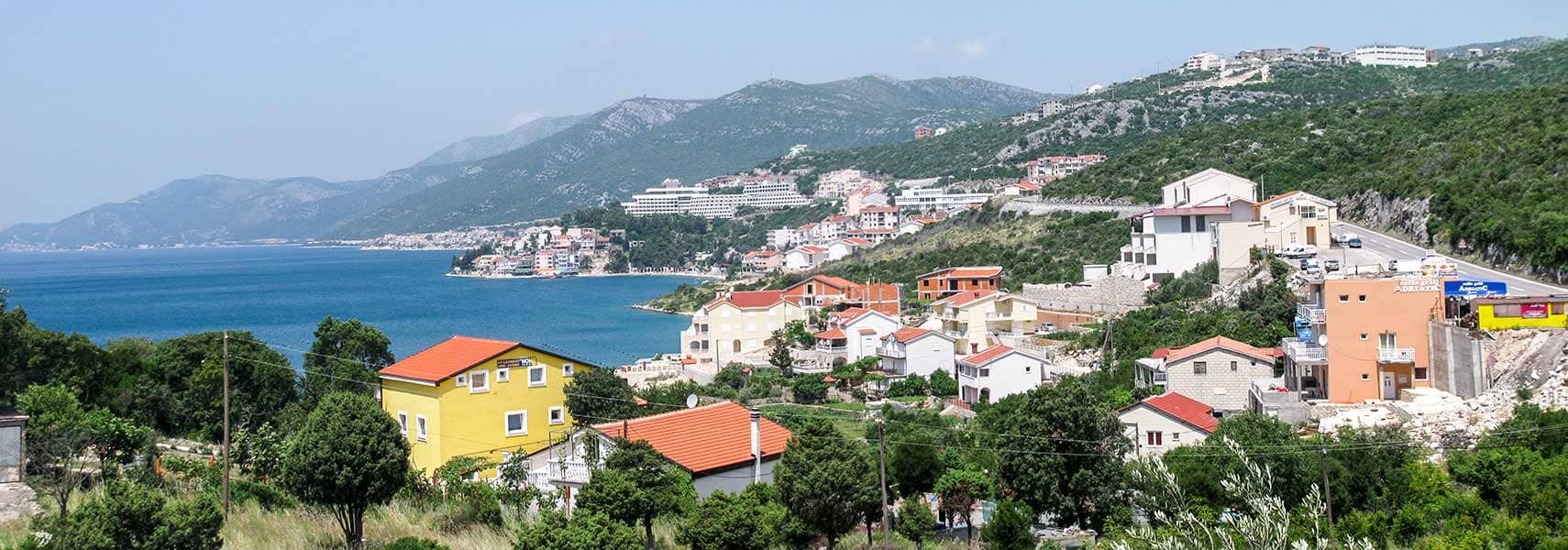Bosnia and Herzegovina: A Unique Southeastern European Gem
Boasting a rich history and mesmerizing landscapes, Bosnia and Herzegovina stands proudly in Southeastern Europe, strategically located in the western Balkans. This captivating country, formerly part of the Yugoslav federation, declared its independence in March 1992. It enjoys borders with Croatia to the north and west, Montenegro to the southeast, and Serbia to the east. Hence, this unique geographical position contributes to its diverse culture and heritage, enticing travelers and historians alike.
The Geographic Marvel of Bosnia and Herzegovina
Covering an area of 51,200 km² (approximately 19,768 sq. mi.), Bosnia and Herzegovina is somewhat smaller than its neighboring Croatia, offering a scenic mix of mountainous terrains and flat plains. Specifically, the central region features majestic mountains, while the northern plains line the Sava River, creating stunning contrasts throughout the country's landscape. As a result, nature enthusiasts continuously flock to its rivers, lakes, and lush forests, which shelter a plethora of wildlife.
Cultural Diversity and Population
The population of Bosnia and Herzegovina stands at about 3.53 million people, with the capital and largest city being Sarajevo. This vibrant city serves as a cultural hub, showcasing the country’s complex history through its architecture, arts, and culinary scene. The nation is home to three primary ethnic groups. The Bosniaks represent the largest demographic, while Serbs and Croats follow. Rich in cultural narrative, each group contributes significantly to the mosaic of traditions, languages, and lifestyles in Bosnia and Herzegovina.
A Glimpse into Its History
The background story of Bosnia and Herzegovina is one fraught with challenges. Following its declaration of sovereignty in October 1991, the country faced hurdles that led to a tumultuous path towards independence. A referendum held in 1992, boycotted by ethnic Serbs, marked a significant moment, as the nation sought to assert its identity. Unfortunately, the aftermath resulted in armed resistance by the Bosnian Serbs, who aimed for the partition of the republic along ethnic lines. Interestingly, in March 1994, Bosniaks and Croats managed to join forces, minimizing the warring factions within their borders.
Peace and Stability: The Dayton Agreement
The signature moment came on November 21, 1995, in Dayton, Ohio. The warring factions agreed upon a peace treaty, thus ending three years of devastating civil strife. This pivotal Dayton Agreement preserved the country's international boundaries while establishing a multi-ethnic and democratic government to oversee internal affairs. Furthermore, the agreement laid the foundation for a dual-tier government structure comprising the Bosniak/Croat Federation and the Republika Srpska, each with its own responsibilities.
Government Structure and Political Landscape
In terms of governance, Bosnia and Herzegovina operates as a parliamentary democracy. This political arrangement, shaped largely by the Dayton Agreement, allows both federal and entity-level governments to function. Each entity possesses its own constitution, ensuring a balanced distribution of power while recognizing the rich diversity within this country. On March 1, 1992, Bosnia and Herzegovina declared independence from Yugoslavia, with this date now celebrated annually as Independence Day.
Geographical Features and Climate
The climate in Bosnia and Herzegovina varies dramatically based on elevation. Generally, the country experiences hot summers and cold winters. In areas with higher elevations, cool summers and long, harsh winters dominate the weather patterns. Also noteworthy, the southeast region enjoys mild, rainy winters, creating a diverse ecosystem that supports various plant and animal species.
The People of Bosnia and Herzegovina
The demographic profile is diverse. Bosniaks, comprising approximately 48% of the population, have made significant strides in shaping national identity. The Serb community contributes 34%, while Croats account for around 15%. This intricate composition leads to rich cultural exchanges. Religion plays a pivotal role in social cohesion. Most citizens practice Islam, followed by Orthodox Christianity and Roman Catholicism, reflecting the country’s historical tapestry.
Economic Landscape and Natural Resources
Economically speaking, Bosnia and Herzegovina thrives on its natural resources. Abundant deposits of coal, iron, and other minerals bolster developing industries. The nation capitalizes on agriculture as well, producing wheat, corn, and various fruits and vegetables. Livestock farming complements these efforts, providing a comprehensive economic framework. The industrial sector includes steel production, vehicle assembly, textiles, and oil refining, creating a balanced and diverse economy.
Exports and Global Trade Relations
In the realm of international trade, Bosnia and Herzegovina actively participates as a key player. It primarily exports commodities such as metals, clothing, and wood products. Notably, Slovenia, Italy, and Germany serve as major trading partners, reflecting the country's investment potential. Import activities include machinery, chemical products, and food supplies, which further augment its economic stability.
Tourism Potential and Attractions
Tourism in Bosnia and Herzegovina has gained momentum in recent years. Rich in medieval towns, Ottoman architecture, and natural wonders, the country invites tourists seeking authenticity. Places like Mostar, with its iconic Old Bridge, and the historical sites of Sarajevo showcase the unique narrative woven into the fabric of Bosnia and Herzegovina’s heritage. Additionally, outdoor activities such as hiking and rafting encourage adventure lovers to explore its stunning landscapes.
In Conclusion
In summary, Bosnia and Herzegovina offers an intriguing blend of history, culture, and natural beauty. From its tumultuous past to its vibrant present, the country displays resilience and diversity in every aspect. Whether one is exploring its rich historical sites or enjoying its breathtaking landscapes, Bosnia and Herzegovina delivers an unforgettable experience as it continues to carve its path in the contemporary world.
Largest cities of: Bosnia and Herzegovina
| City Name | Population | Year of foundation | |
| Sarajevo | 275,524 | 1461 | |
| Banja Luka | 185,042 | 1961 | |
| Tuzla | 120,446 | 1463 | |
| Mostar | 113,167 | 1460 | |
| Zenica | 110,000 | n/a | |
| Prijedor | 75,000 | 1776 | |
| Doboj | 60,000 | 1415 | |
| Sarajevo East | 50,000 | 1461 |
Bosnia and Herzegovina: Money
